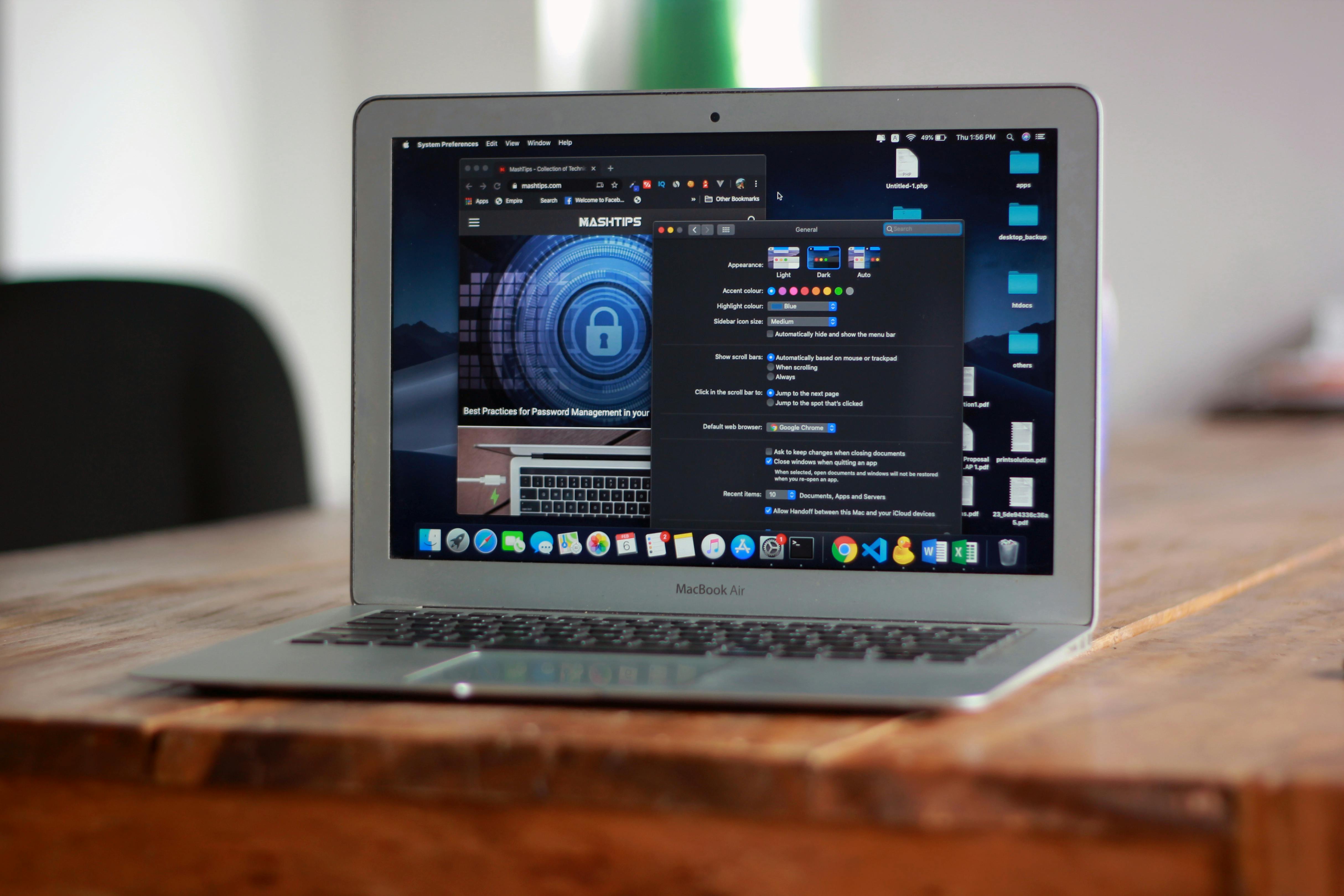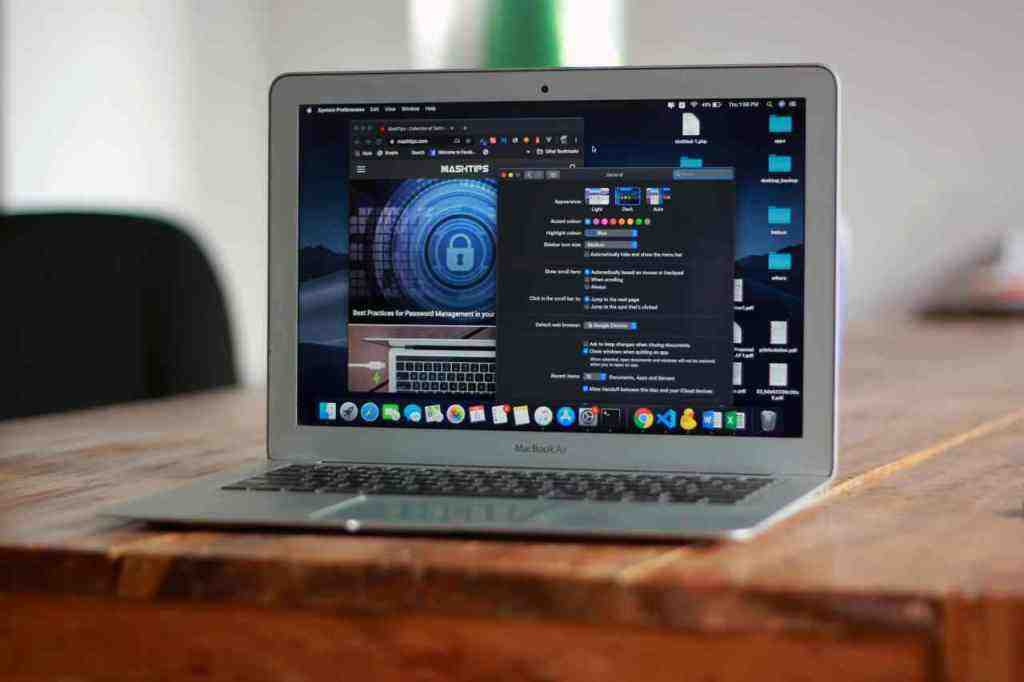
The macOS Installer Exploit: A New Era of Ultra-Fast Data Theft As of August 26, 2025, a significant and alarming trend is emerging in the cybersecurity landscape: a sophisticated new macOS installer designed for ultra-fast data theft. This isn’t just another piece of malware; it represents a concerning leap forward in the capabilities of cybercriminals, targeting Mac users with unprecedented speed and stealth. This development demands our immediate attention, especially for anyone involved in web development, software distribution, or simply using a Mac. The Silent Invasion: Understanding the macOS Installer Exploit Imagine downloading a seemingly legitimate piece of software, perhaps a utility you need or an update for your favorite application. Unbeknownst to you, this installer might be a Trojan horse, carrying a powerful data-exfiltration tool. This is the insidious nature of the new macOS installer exploit. It’s not a loud, obvious virus; it’s a quiet, deceptive package that integrates itself into the software installation process. This method of distribution is particularly dangerous because it preys on user trust. Even reputable software sources could inadvertently become vectors for this threat if their distribution channels are compromised. The result? Users unknowingly invite a potent data-stealing mechanism onto their systems, making detection and prevention a significant challenge. The Speed of the Threat: Ultra-Fast Data Exfiltration The most alarming aspect of this exploit is its claimed “ultra-fast” data theft capability. While the exact technical mechanisms are still being dissected by security researchers, the implication is clear: this malware is engineered for maximum efficiency. It’s designed to siphon off sensitive information at speeds that could outpace traditional detection systems. This could be achieved through several means: * **Exploiting System Vulnerabilities:** Leveraging previously unknown or unpatched flaws within macOS itself. * **Optimized Data Transfer:** Employing highly efficient compression and covert network channels to move data rapidly and discreetly. * **Stealthy Operations:** Running processes in the background with minimal system resource usage to avoid triggering alarms. The speed of this data exfiltration means that by the time a user or security software realizes something is wrong, the damage may already be done, with critical personal and financial data already in the hands of cybercriminals. Implications for the Web Development Sector For those of us in web development, this new threat hits close to home. We are the architects and builders of the digital world, and the integrity of the software we create and distribute is paramount. The existence of installers that can so easily be weaponized poses a direct threat to our work and the trust users place in us. The ease with which malicious actors can disguise their tools within installers means that even the most diligent developers must be hyper-vigilant. Ensuring the security of the entire software supply chain, from code writing to final distribution, is more critical than ever. This includes rigorous testing, secure coding practices, and robust verification processes for all third-party components. The Wider Societal and Economic Ripple Effect The consequences of such advanced data theft extend far beyond individual users. Imagine the cascade of problems if sensitive personal information, financial details, intellectual property, or confidential corporate secrets are rapidly exfiltrated: * **Identity Theft and Financial Fraud:** Stolen personal data can be used for widespread identity theft and financial scams. * **Corporate Espionage:** Competitors or state actors could gain access to trade secrets, R&D, and strategic plans. * **Erosion of Trust:** A single, widespread breach could significantly damage public trust in digital systems and the companies that manage them. * **Economic Disruption:** The financial impact can be devastating, affecting individuals, businesses, and even national economic stability. The Race Against Time: Investigation and Mitigation Cybersecurity researchers and intelligence agencies are in a race against time to understand and counter this evolving threat. This involves meticulous analysis of any malware samples, reverse-engineering the code to uncover its secrets, and mapping out its operational methods. This painstaking work is the foundation for developing effective defenses and providing accurate, timely information to the public and affected industries. The Challenge of Staying Ahead: Detection and Defense The sophistication of this new macOS installer presents significant hurdles for traditional security measures. * **Signature-Based Detection:** Antivirus software that relies on known malware signatures may struggle to identify novel or constantly changing (polymorphic) threats. * **Behavioral Analysis:** While more advanced systems that monitor for unusual behavior are better equipped, highly evasive malware can still find ways to circumvent them. * **Speed of Exfiltration:** The sheer speed at which data is stolen makes it incredibly difficult to intercept before it leaves the system. This means that a multi-layered defense strategy is not just recommended; it’s essential. Empowering Users: Vigilance and Education In this escalating cyber arms race, the end-user remains a critical line of defense. User vigilance and education are paramount. Here’s what everyone can do: * **Download from Trusted Sources:** Be extremely cautious about where you download software from. Stick to official app stores and reputable developer websites. * **Keep Systems Updated:** Regularly update your macOS operating system and all installed applications. Updates often contain crucial security patches. * **Use Robust Security Software:** Ensure you have reliable antivirus and anti-malware software installed and kept up-to-date. * **Be Wary of Suspicious Activity:** Pay attention to unusual system behavior, unexpected pop-ups, or strange network activity. These could be signs of a compromise. Building a Stronger Defense: Countermeasures and Strategies Developing effective countermeasures requires a comprehensive, multi-pronged approach: * **Enhanced Endpoint Security:** Implementing advanced security solutions directly on user devices. * **Improved Network Monitoring:** Continuously monitoring network traffic for suspicious patterns. * **Stricter Software Distribution Protocols:** Implementing rigorous security checks for all software before it’s distributed. * **Threat Intelligence Sharing:** Fostering collaboration among security vendors, government agencies, and private organizations to share real-time threat information. * **Ongoing Research:** Investing in continuous research into new detection techniques and incident response strategies. The Future is Now: Evolving Threats and Adaptive Defenses The emergence of this advanced macOS installer is a clear indicator of a broader trend: cybercriminals are continuously innovating, developing more sophisticated tools, and focusing on speed and stealth to maximize their impact. This necessitates a perpetual state of adaptation and preparedness within the cybersecurity community. The Growing Role of AI in Cybersecurity As cyber threats become more complex, the role of Artificial Intelligence (AI) and Machine Learning (ML) in cybersecurity is becoming increasingly vital. AI-powered security solutions can analyze vast amounts of data to identify patterns, detect anomalies, and predict potential threats with greater accuracy and speed than traditional methods. In 2025, AI is not just a tool for defense; it’s also being leveraged by attackers to create more sophisticated and evasive malware. This creates a dynamic arms race where defenders must also embrace AI to stay ahead. AI can: * **Enhance Threat Detection:** Scan massive volumes of network data to identify anomalies that might indicate a breach. * **Improve Behavior Analytics:** Identify unusual user activity that could signal compromised accounts. * **Automate Incident Response:** Trigger immediate actions to contain threats and reduce response times. * **Predict Threats:** Analyze historical data to flag potential vulnerabilities and predict attack vectors. The Importance of Secure Software Development Lifecycles (SDLC) This incident also highlights the critical importance of integrating security into every stage of the software development lifecycle (SDLC). Practices such as secure coding standards, regular security audits, penetration testing, and vulnerability management are essential for building resilient software that is less susceptible to exploitation. A “security-first” culture within development teams is crucial, ensuring that security is not an afterthought but a core consideration from the initial planning phase through to deployment and maintenance. Staying Ahead of the Curve: Key Takeaways and Actionable Insights The evolving landscape of macOS installer exploits and ultra-fast data theft presents a clear and present danger. As of August 2025, the threat is not theoretical; it’s an active and developing concern. **Key Takeaways:** * **macOS is a growing target:** The perception of Macs being immune to malware is outdated. * **Installers are a prime vector:** Malicious actors are disguising threats within seemingly legitimate software installers. * **Speed is the new weapon:** Data exfiltration is happening at unprecedented speeds, making detection difficult. * **AI is a double-edged sword:** Both attackers and defenders are increasingly leveraging AI. * **Secure SDLC is non-negotiable:** Building security into the software development process is vital. **Actionable Insights for Users:** * **Be skeptical:** Question software downloads and sources. * **Update diligently:** Keep your macOS and applications patched. * **Secure your devices:** Use strong passwords, enable encryption, and consider reputable security software. **Actionable Insights for Developers and Organizations:** * **Embed security in SDLC:** Implement secure coding practices and regular testing. * **Strengthen distribution channels:** Ensure the integrity of your software supply chain. * **Leverage AI for defense:** Adopt AI-powered security tools for enhanced threat detection and response. * **Foster a security-first culture:** Make security a shared responsibility across all teams. * **Stay informed:** Keep abreast of the latest threats and vulnerabilities affecting macOS. The digital world is a dynamic battlefield, and staying informed and proactive is our best defense. By understanding these evolving threats and implementing robust security measures, we can collectively work towards a safer digital future. **What steps are you taking to secure your Mac or your development environment against these emerging threats? Share your thoughts in the comments below!**


